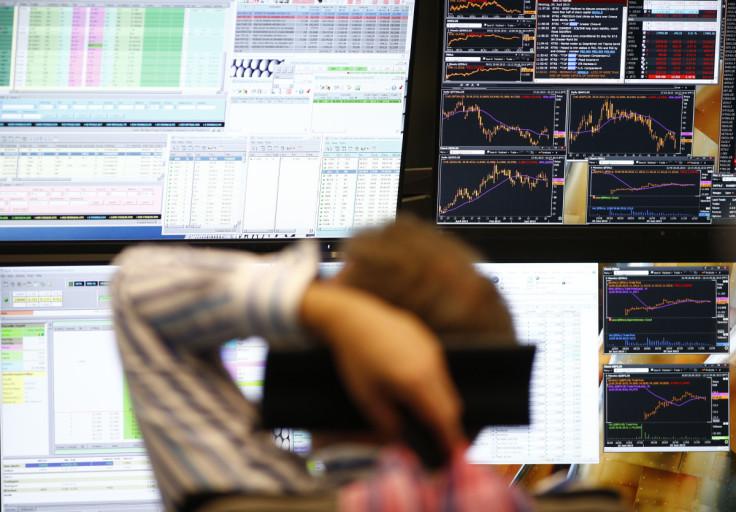
Bitcoin prices fell sharply by over 6.2% to £76,529 ($95,405) from over £80,215 ($100,000) in the past day, joining the US stock market slump as resilient economic indicators drove Treasury yields high and fueled speculation that the US Federal Reserve could delay interest rate cuts.
Other major tokens, such as Ether, Solana, and XRP, were all down by over 6%. Experts believe declining US stocks drove the crypto selloff due to the growing correlation between digital assets and the stock market.
According to Bob Wallden, Abra's head of trading, the Bitcoin dip was due to a combination of profit-taking and stop-loss triggers on "fresh crypto longs above" £80,215. He added that significant price action in the Treasury market also drove cautious sentiment around Bitcoin.
The S&P 500 index fell 1.11% on 7th January while the Nasdaq Composite index fell 1.89%. The stock market downturn was led by Nvidia's 6.2% drop despite CEO Jensen Huang's announcement of new AI projects at CES 2025.
Higher-Than-Expected Growth In the Services Sector, US Job Openings
The latest Institute for Supply Management report revealed that economic activity in the US services sector expanded for the sixth consecutive month in December 2024, and prices-paid measures reached the highest level in two years. These indicators point to elevated inflation and fewer rate cuts by the US Fed this year.
The ISM's prices paid measure for service inputs increased to 64.4 last month from 58.2 in November. Meanwhile, its non-manufacturing purchasing managers index (PMI) jumped to 54.1 in December from 52.1 in the preceding month amid robust demand. A PMI reading over 50 implies growth in the services sector.
Elsewhere, a November 2024 JOLTS report revealed higher-than-anticipated US job openings despite a slowdown in hiring compared to the previous month. Furthermore, the quit rate declined to 1.9% from 2.1% in October.
These economic factors are driving investors to reassess their interest rate-cut projections. Many expect a below 50% chance of rate cuts before June as the Fed is expected to retain current rates during this month's meeting.
Headlines On Potential Changes To Trump's Tariff Plan Adds To Market Volatility
President-elect Donald Trump's tariff plans, specifically targeting China and Mexico, could drive further inflation. However, the latest reports indicated that Trump could consider changing the tariff plans by imposing them on fewer goods and services.
According to sources, the potential modified tariff plan would apply tariffs to select sectors deemed critical to US security and economy rather than all imports, marking a significant departure from Trump's campaign promises.
While the supposedly renewed approach to tariffs might not be as strong as Trump's earlier proposals, it would most likely trigger significant changes to global commerce.
However, Trump has disputed the report on Truth Social, stating that the "so-called anonymous sources, which don't exist, incorrectly state that my tariff policy will be pared back. That is wrong."
The confusion fuels more speculation about Trump's plans, including creating a pro-crypto White House, adding to the ongoing market volatility.
Disclaimer: Our digital media content is for informational purposes only and not investment advice. Please conduct your own analysis or seek professional advice before investing. Remember, investments are subject to market risks and past performance doesn't indicate future returns.







